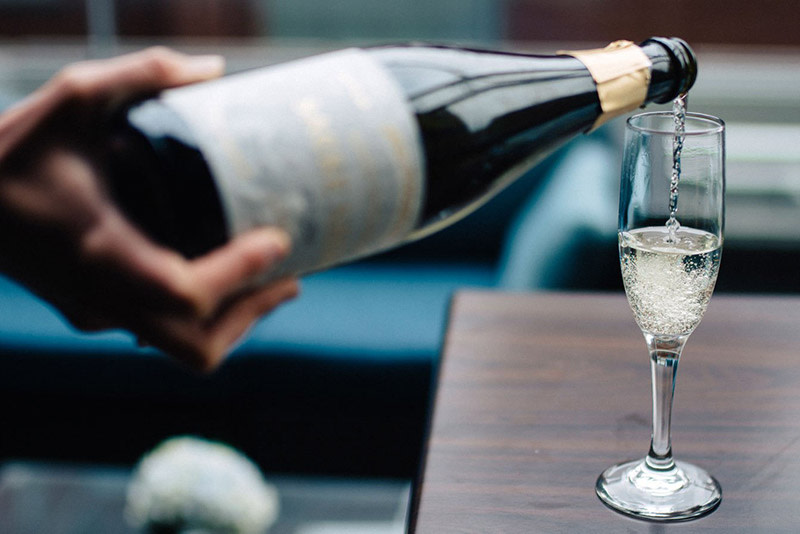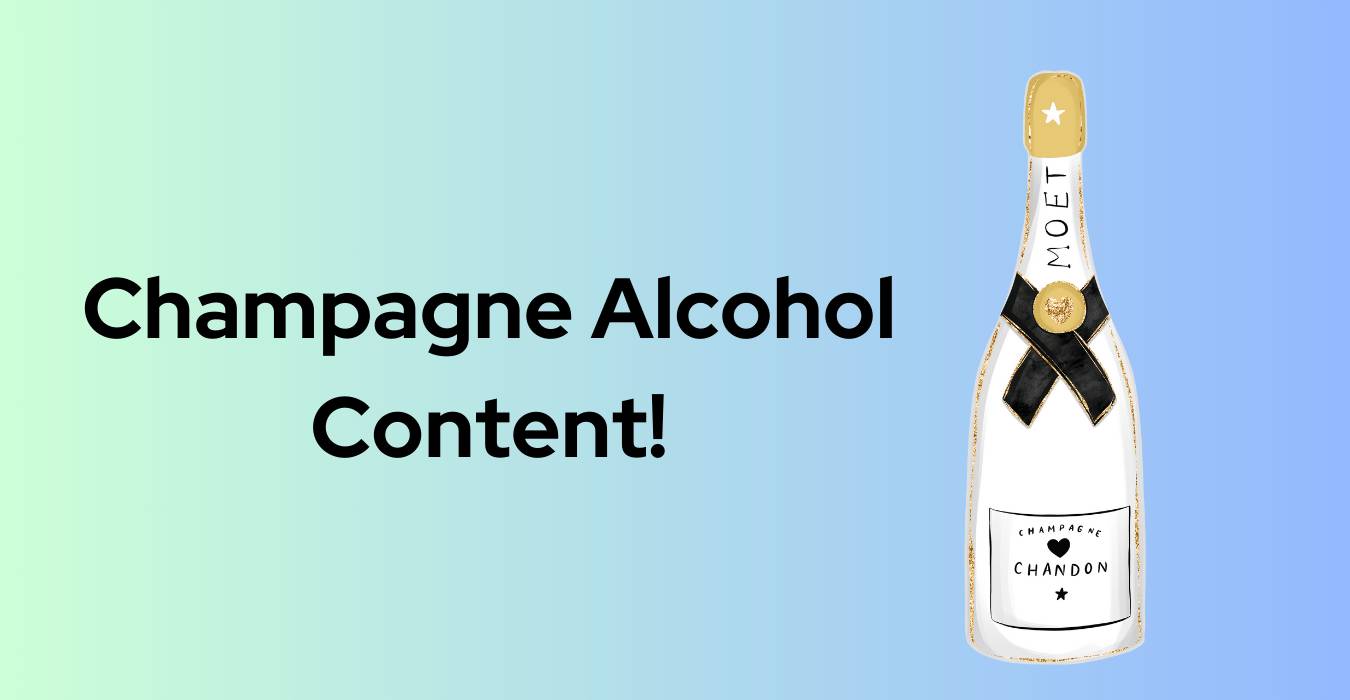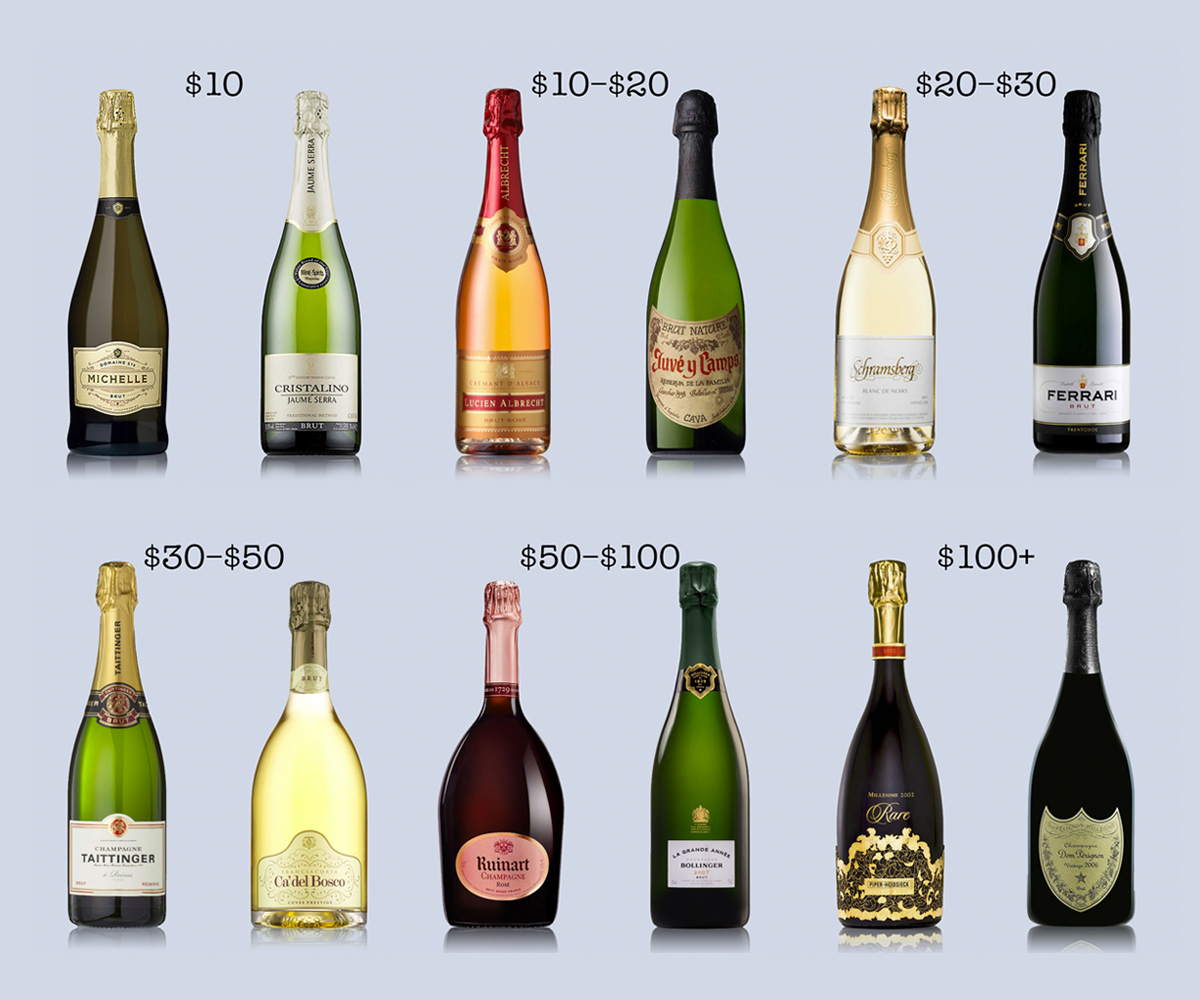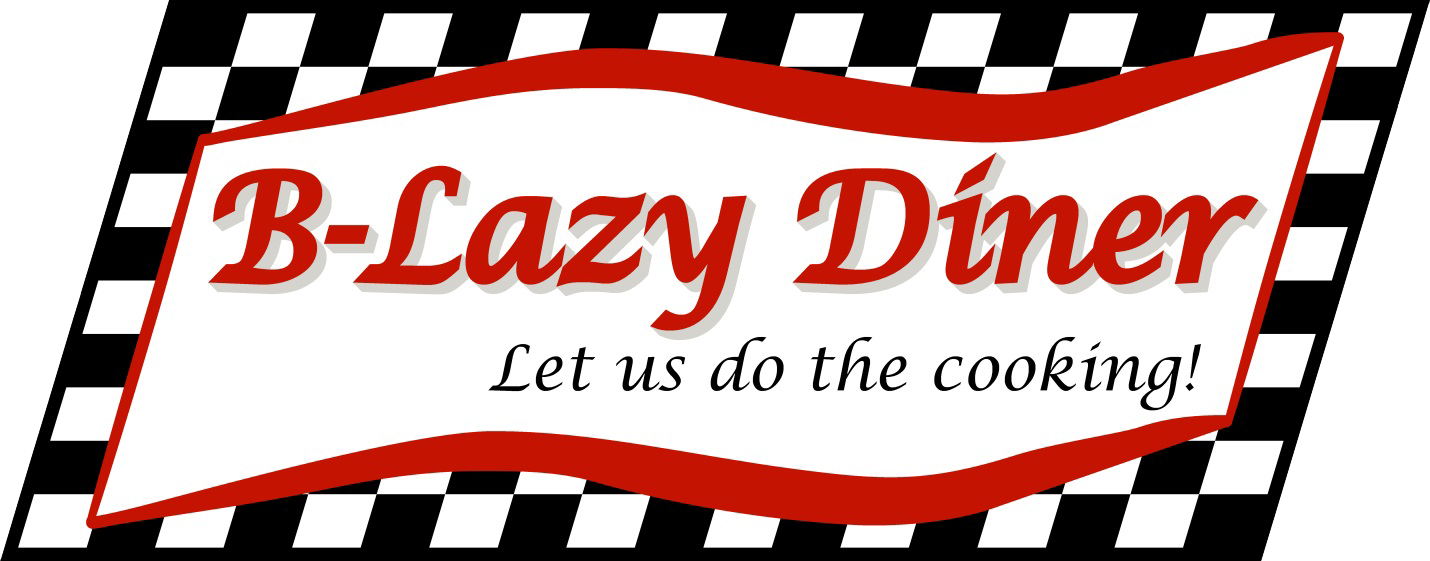Understanding Alcohol Content In Champagne

Understanding Alcohol Content in Champagne is important for individuals who wish to make informed decisions about their alcohol consumption. Champagne typically has an alcohol content ranging between 11.5% and 12.5% ABV (Alcohol by Volume). It is crucial to be aware of the specific brand or type of champagne being consumed, as alcohol content can vary. By understanding the alcohol content in champagne, individuals can make responsible drinking choices and ensure they are enjoying their celebration in a manner that aligns with their preferences and personal limits.
1 What Is Alcohol Content In Champagne?
The alcohol content in champagne refers to the amount of pure alcohol present in the beverage, typically measured in terms of Alcohol by Volume (ABV). Champagne usually has an alcohol content ranging between 11.5% and 12.5% ABV. This means that for every 100 milliliters of champagne, there is approximately 11.5 to 12.5 milliliters of pure alcohol. It’s important to be mindful of the alcohol content in champagne, as consuming excessive amounts can lead to intoxication and negative health effects. Understanding the alcohol content allows individuals to make informed decisions about their drinking habits and enjoy champagne responsibly.
2 Factors Influencing Alcohol Content In Champagne
Grape Varieties and Ripeness are two major factors that influence the alcohol content in champagne. Different grape varieties used in champagne production, such as Pinot Noir and Pinot Meunier, can contribute to variations in alcohol content. These grape varieties have higher sugar levels, resulting in higher alcohol content. Furthermore, the ripeness of the grapes at the time of harvest also plays a significant role. Riper grapes contain higher sugar content, which translates into higher alcohol levels in the final product. These factors highlight the importance of grape selection and harvesting techniques in determining the alcohol content of champagne.
Champagne Categories And Alcohol Strength

Champagne is classified into different categories based on its sugar content, which also affects the alcohol strength. The categories include Brut, Extra Brut, Sec, and Demi-Sec. Brut champagne has the lowest sugar content and highest alcohol strength, typically around 12% ABV. Extra Brut is even drier, while Sec and Demi-Sec have higher sugar levels and slightly lower alcohol content. These different categories offer a range of flavors and sweetness levels, allowing consumers to choose a champagne that suits their preferences. It’s important to consider the alcohol strength when selecting a champagne to ensure it aligns with your preferences and occasion.
1 Alcohol Content In Non-vintage Champagne
Non-vintage Champagne, also known as NV Champagne, is a blend of wines from multiple years. The alcohol content in non-vintage Champagne typically ranges between 11.5% and 12.5% ABV (Alcohol by Volume). This moderate alcohol level ensures a well-balanced taste profile while maintaining the signature effervescence. The precise alcohol content may vary among different brands and cuvées. It is important to check the label or consult with the producer to determine the specific alcohol strength. Non-vintage Champagne offers consistent quality year after year, making it a popular choice for celebrations and everyday enjoyment.
2 Alcohol Content In Vintage Champagne
Vintage Champagne refers to sparkling wines made from grapes harvested in a single exceptional year. The alcohol content in vintage Champagne can vary slightly from non-vintage Champagne, ranging between 12.5% and 13% ABV (Alcohol by Volume). The higher alcohol level in vintage Champagne is often a result of riper grapes, which can contribute to a richer and more complex flavor profile. It is important to note that vintage Champagne is produced in limited quantities and is typically aged for a longer period, allowing the flavors to develop and mature. The specific alcohol content of vintage Champagne can vary depending on the producer and the characteristics of the particular vintage.
Impact Of Alcohol Content On Taste And Aroma

The alcohol content in champagne has a significant impact on its taste and aroma. Higher alcohol levels can create a bolder and more intense flavor profile, with a stronger presence of alcohol. This can contribute to a warming sensation and a perception of sweetness. On the other hand, lower alcohol levels can result in a lighter and more delicate taste, allowing other flavors, such as fruit and acidity, to shine through. The alcohol content also influences the aromatic characteristics of champagne, with higher alcohol levels potentially enhancing the wine’s bouquet and intensity of aromas. It is important for champagne enthusiasts to consider the alcohol content when selecting a bottle to ensure it aligns with their desired taste experience.
1 How Alcohol Content Affects Flavor Profile
The alcohol content in champagne has a significant impact on its flavor profile. Higher alcohol levels create a bolder and more intense taste, with a stronger presence of alcohol. This can contribute to a warming sensation and a perception of sweetness. On the other hand, lower alcohol levels result in a lighter and more delicate taste, allowing other flavors, such as fruit and acidity, to shine through. By understanding how alcohol content affects flavor, champagne enthusiasts can choose a bottle that aligns with their desired taste experience.
2 Balancing Alcohol Content With Acidity And Sweetness
Balancing the alcohol content in champagne with acidity and sweetness is essential for achieving a harmonious flavor profile. The level of acidity in champagne helps to balance the higher alcohol content, adding brightness and freshness to the taste. Additionally, the sweetness in champagne can serve as a counterpoint to the alcohol, providing a well-rounded and enjoyable drinking experience. Champagne producers carefully consider these factors when crafting their blends, ensuring that the alcohol, acidity, and sweetness are all in balance. This careful balance contributes to the complexity and depth of flavors found in a well-crafted champagne.
Alcohol Content Regulations In Champagne Production

Alcohol content regulations play a crucial role in ensuring the quality and consistency of champagne production. In Champagne, there are legal guidelines for alcohol levels that must be followed by producers. The minimum alcohol content required by French law is 9.5% ABV for non-vintage champagne and 10% ABV for vintage champagne. However, most champagnes typically have an alcohol content ranging from 11% to 12.5% ABV. Champagne producers are committed to complying with these regulations to maintain the integrity and reputation of their products. These regulations ensure that consumers can enjoy champagne that meets the highest standards of quality and taste.
1 Legal Guidelines For Alcohol Levels In Champagne
The production of champagne is subject to strict legal guidelines when it comes to alcohol levels. According to French law, non-vintage champagne must have a minimum alcohol content of 9.5% ABV, while vintage champagne must have a minimum of 10% ABV. These guidelines ensure that champagne maintains its characteristic taste and quality. Producers adhere to these regulations to uphold the integrity and reputation of their products, providing consumers with champagne that meets the highest standards of excellence. Compliance with these alcohol content standards plays a crucial role in the production of champagne.
2 Compliance With Alcohol Content Standards
Compliance with alcohol content standards is essential in the production of champagne. Champagne producers adhere to strict guidelines set by French law to ensure that their products meet the required alcohol levels. Non-vintage champagne must have a minimum alcohol content of 9.5% ABV, while vintage champagne must have a minimum of 10% ABV. By complying with these regulations, producers maintain the integrity and reputation of their champagne. This commitment ensures that consumers can enjoy champagne that meets the highest standards of quality and taste. Champagne producers take pride in following these alcohol content standards to deliver exceptional products to their customers.
Popular Champagne Brands And Their Alcohol Content

When it comes to popular champagne brands, each has its own unique characteristics, including their alcohol content. For example, Moët & Chandon champagne typically has an alcohol content ranging from 12% to 13% ABV (Alcohol by Volume). Veuve Clicquot champagne, on the other hand, typically has an alcohol content of around 12% ABV. These brands are known for their prestigious reputation and exceptional quality, and their alcohol content contributes to the overall taste and experience of enjoying their champagnes. It’s important to be aware of the alcohol content of different champagne brands to make informed choices and fully appreciate their flavors.
1 Alcohol Levels In Moët & Chandon Champagne
Moët & Chandon Champagne is renowned for its exceptional quality and taste. When it comes to alcohol content, Moët & Chandon Champagnes typically range from 12% to 13% ABV (Alcohol by Volume). This moderate alcohol strength provides a perfect balance of flavors and effervescence, making it enjoyable for various occasions. The consistent alcohol levels in Moët & Chandon Champagnes ensure that consumers can savor the unique characteristics of each bottle, including its rich aromas, vibrant bubbles, and elegant palate. Whether celebrating special moments or simply indulging in a glass of bubbly, Moët & Chandon Champagne offers a delightful experience for champagne lovers worldwide.
2 Alcohol Content In Veuve Clicquot Champagne
Veuve Clicquot Champagne is known for its exceptional quality and luxurious taste. When it comes to alcohol content, Veuve Clicquot Champagnes typically have an ABV (Alcohol by Volume) of 12%. This moderate alcohol strength allows the champagne to showcase its delicate flavors and vibrant effervescence. Veuve Clicquot has perfected the art of balancing the alcohol content with the acidity and sweetness to create a harmonious and enjoyable drinking experience. With its consistent alcohol levels, Veuve Clicquot Champagne delivers a refined and elegant champagne experience for champagne connoisseurs to savor.
Conclusion And Recommendations

In conclusion, understanding the alcohol content in champagne is essential for making informed choices and enjoying the bubbly beverage responsibly. Champagne typically has an alcohol content ranging from 11.5% to 12.5% ABV. It is important to be aware of the alcohol strength of the specific brand or type of champagne you are consuming. To enhance your champagne experience, consider pairing it with food to complement its flavors. Remember to always drink responsibly and be mindful of your alcohol intake. Cheers to celebrating special occasions with a glass of champagne!
1 Optimal Alcohol Content For Enjoying Champagne
When it comes to enjoying champagne, the optimal alcohol content can enhance the overall experience. The ideal range for alcohol content in champagne is typically between 11.5% and 12.5% ABV. This balance ensures a harmonious blend of flavors and aromas without overpowering the delicate bubbles. It is important to note that higher alcohol levels may result in a more intense and warming sensation, while lower levels can make the champagne feel lighter. Ultimately, finding the right alcohol content for your personal preference will allow you to fully appreciate and savor the nuances of this celebratory beverage.
2 Pairing Champagne With Food For Enhanced Experience
Pairing Champagne with the right food can elevate the overall drinking experience. The effervescence and acidity of Champagne make it a versatile and complementary beverage to a variety of dishes. For a classic pairing, try Champagne with oysters or other seafood, as the acidity cuts through the richness. It also pairs well with creamy cheeses, such as Brie or Camembert. For a unique combination, consider pairing Champagne with fried foods or salty snacks to balance the flavors. Don’t forget to experiment and find your own favorite pairings to fully enjoy the complexities of Champagne.
FAQ About Alcohol Content In Champagne: Bubbly Strengths
Q: What is the average alcohol content in champagne?
A: The average alcohol content in champagne typically ranges from 12% to 12.5%.
Q: How does the alcohol level in champagne compare to other wines?
A: Champagne generally has a higher alcohol content compared to most wines, which usually fall between 11% to 13%.
Q: Can the alcohol content in champagne vary between different brands?
A: Yes, the alcohol content can vary slightly between different champagne brands depending on factors such as grape varieties and production methods.
Q: Is there a difference in alcohol strength between vintage and non-vintage champagnes?
A: Vintage champagnes tend to have slightly higher alcohol content compared to non-vintage champagnes due to the aging process.
Q: Does the alcohol content affect the taste of champagne?
A: The alcohol content can contribute to the overall flavor profile of champagne, with higher alcohol levels potentially giving a warmer sensation and more pronounced body.
Q: How can one identify the alcohol content in champagne before purchasing?
A: The alcohol content of champagne is usually labeled on the bottle, making it easy for consumers to check before making a purchase.

A local, family-owned fast food and ice-cream diner in Wind Lake, Wisconsin. We might be small, but we are big on fast-friendly service with everything cooked to order. B-Lazy Diner offers chicken and fish fry buckets, served up with French fries and our famous homemade coleslaw and tarter sauce, along with a variety of wraps, seasoned burgers, homemade soups, and, of course, ice cream cones, sundaes, malts, and shakes.